Aruna D’Souza
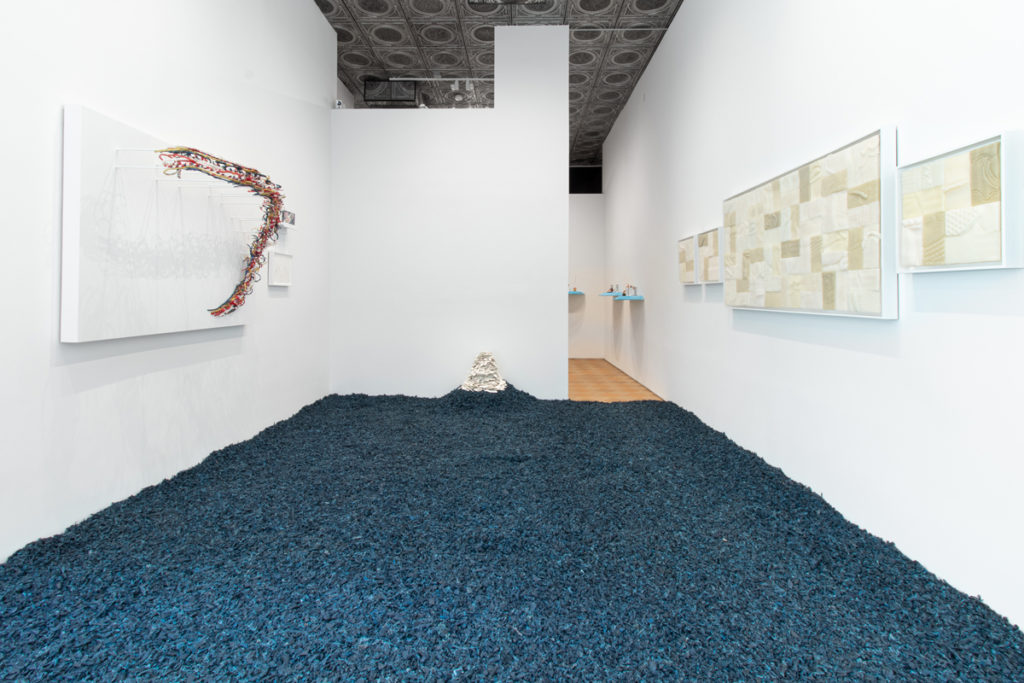
Pamela Council: Bury Me Loose, Denny Dimin Gallery, 39 Lispenard Street, New York City, through October 23, 2021
At Denny Dimin Gallery, the multidisciplinary artist Pamela Council told me that the work in their new solo exhibition—the first since signing on with the dealer—was “dark, maybe the darkest I’ve done.” That fact is certainly not obvious at first glance. The sculptures, videos, and assemblages here, made over the last decade, evince an exuberant, fit-it-all-in formal and conceptual energy and contain references to the poppiest of pop culture: the pinker, glitzier, plusher, femme-ier the better, it seems, for this artist. But, as Council remarked in a recent interview in Hyperallergic, “There’s a lot of camp in horror, there’s a lot of horror in camp.”
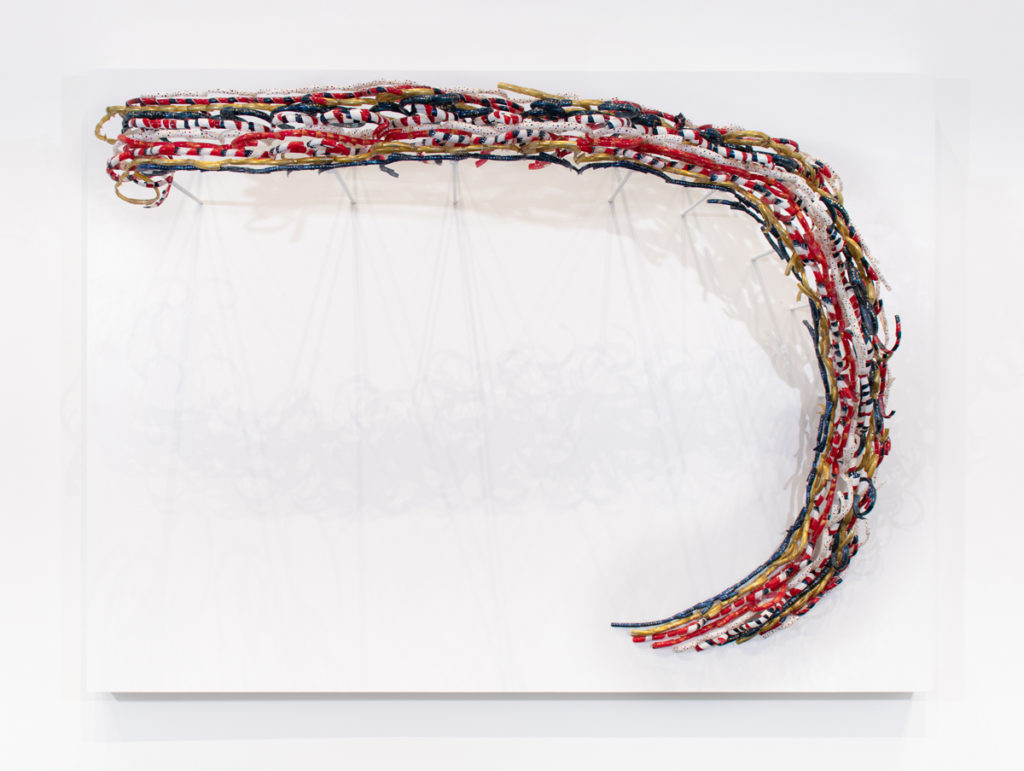
Council’s aesthetic approach reflects this dialectic. They call it BLAXIDERMY, a portmanteau of “Blaxploitation” and “taxidermy” that evokes ideas ranging from Black cultural joy to the exploitation of Black people as spectacle to the all-too-present specter of Black death. One early foray into this visual language is Flo Jo World Record Nails. First created in 2012, and then entirely remade during the past year and a half of lockdown, the piece pays close, reverent attention to the late Olympian Florence Griffith Joyner’s unapologetically Black style on the track, where she won countless gold medals and set world records in the one hundred– and two hundred–meter events. The runner bucked convention with her asymmetrical, vividly colored, one-legged tracksuits, full makeup, and—most famously—her exquisitely manicured, long fingernails (she worked in a nail salon while trying to qualify for the Olympics). In homage to the star athlete—who was at once celebrated for her achievements, deemed unsportswomanlike and inappropriate for her self-presentation, and dogged by rumors of steroid use despite never failing a test—Council hand-painted three hundred sets of acrylics to match the red, white, blue, and gold stars-and-stripes designs Flo Jo wore at the 1988 games. Two thousand of these were assembled on metal supports mounted to a wood panel in a one-to–one hundred scale model of a two hundred–meter track that twists and arcs upward, as if in flight. Ten sets of nails were turned into Flo Jo World Record Nails Boxed Set Edition (2012), packaged using a “Flo Jo” logo Council adapted from the one Mattel designed for that company’s Flo Jo doll.
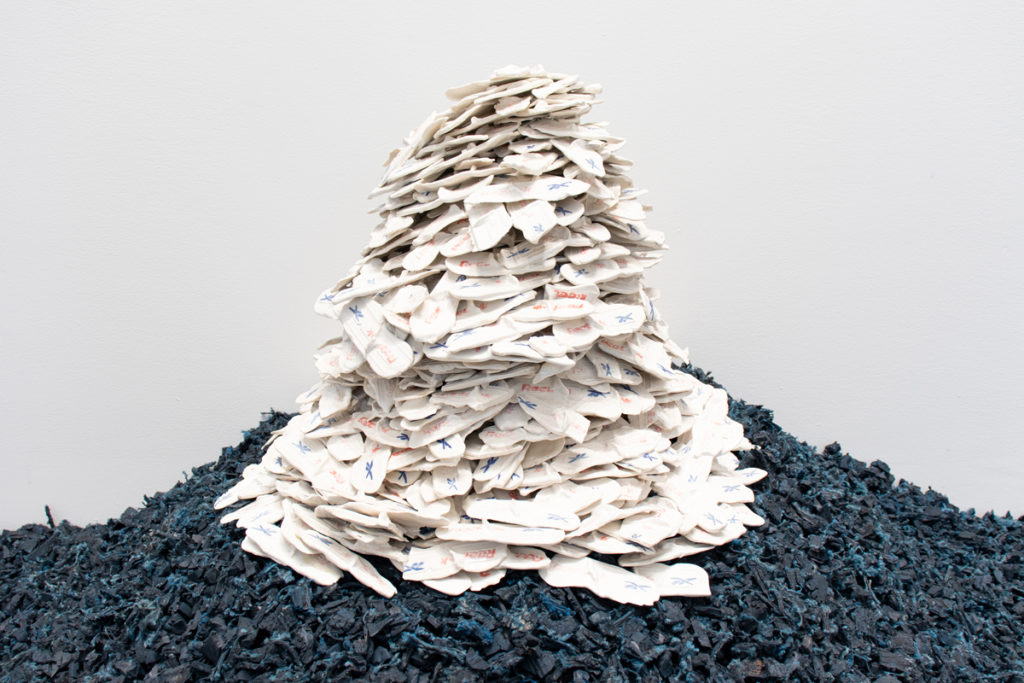

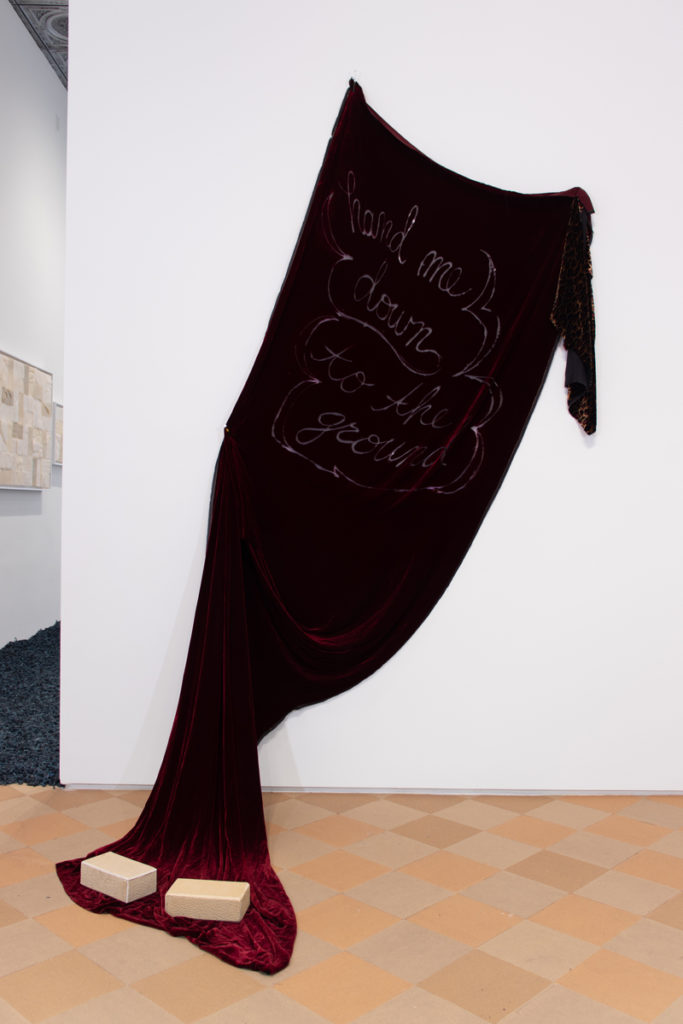
Council’s ring holders are mounted on shelves along one wall of this space. These small sculptures, molded out of dollmakers’ Sculpey (or, in one case, in porcelain), perch on small pedestals and nestle in velvet-lined boxes of the kind used in jewelry stores to display pricey engagement rings. On their website, Council writes that they “started this series for all the times mi fadda brought the patriarchy up in my face, talkin bout ‘when you gettin married?’ when he knows good n well I’m not about that life . . .” The ring holders are a hilarious retort to paternal pressure; Council uses the strangely near-but-not-quite-lifelike material to fashion things that might be body parts—tongues, labia, clitorises, earlobes—sometimes delicately adorned with rhinestones and nail polish. They are seductive and tacky and a little gross, like most of the human body is, when you get right down to it.
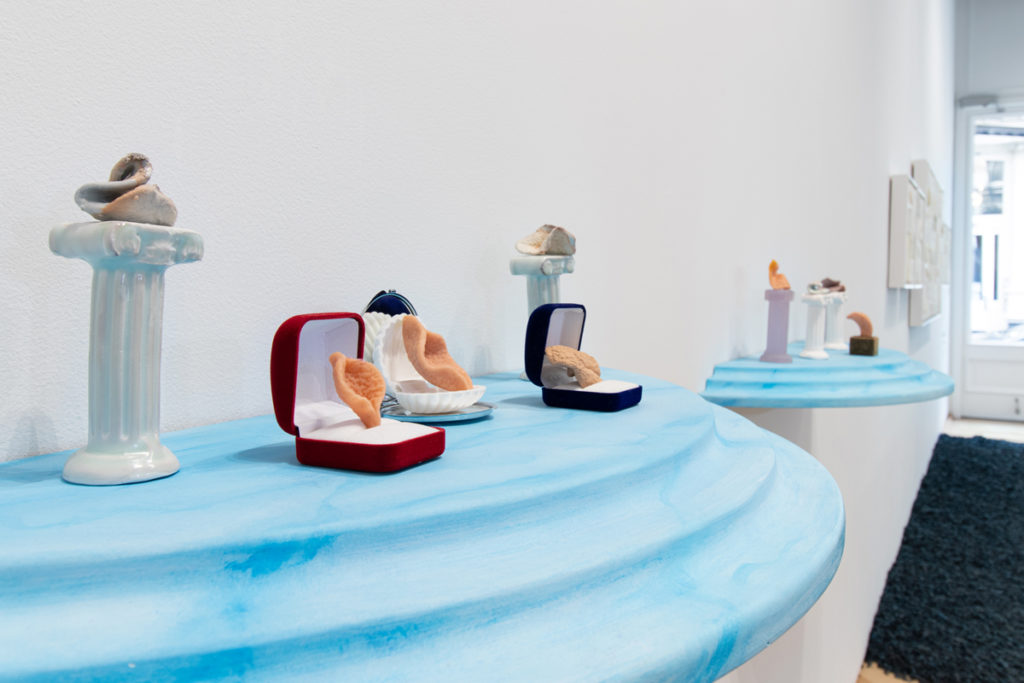
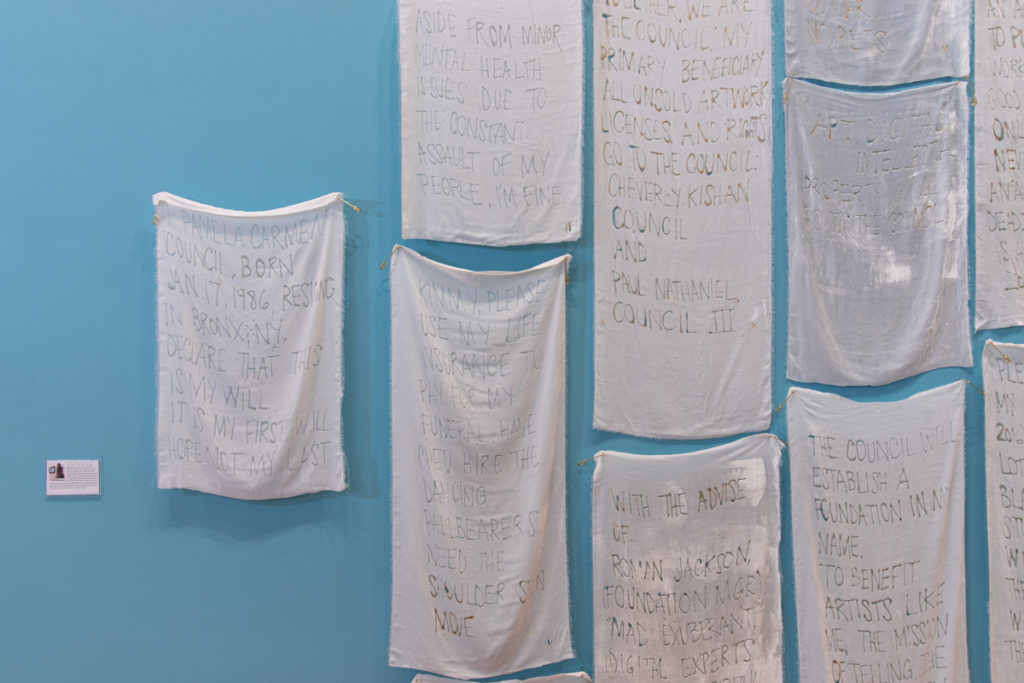
The title of Council’s exhibition is Bury Me Loose—a phrase that comes from a viral tweet that circulated earlier this year. User @yedoye_ wrote “damn a coffin costs $4000??? y’all can bury me loose.” The quip is a startlingly insightful punch in the gut: in the middle of a pandemic, when living seems impossible thanks to white supremacist capitalism and its ills—when Black people have been dying in inordinate numbers thanks to disparities in health status, access to health care, wealth, employment, wages, housing, income, and poverty—not even death is a viable escape: even if you jump ship, so to speak, someone is going to get a bill. Like @yedoye_, Council responds to this horror the only way possible: with a kind of campy, acid humor that plumbs untold depths of pain, trauma, and history.
Aruna D’Souza is a writer based in Western Massachusetts. She co-curated the 2021 exhibition Lorraine O’Grady: Both/And at the Brooklyn Museum of Art and is the editor of a forthcoming collection of the writings of Linda Nochlin, Making It Modern (Thames and Hudson, 2022). She is also a contributor to the New York Times. She received a Creative Capital | Andy Warhol Foundation Arts Writers grant for short-form writing in 2020 and was awarded the Rabkin Prize for arts journalism in 2021.
